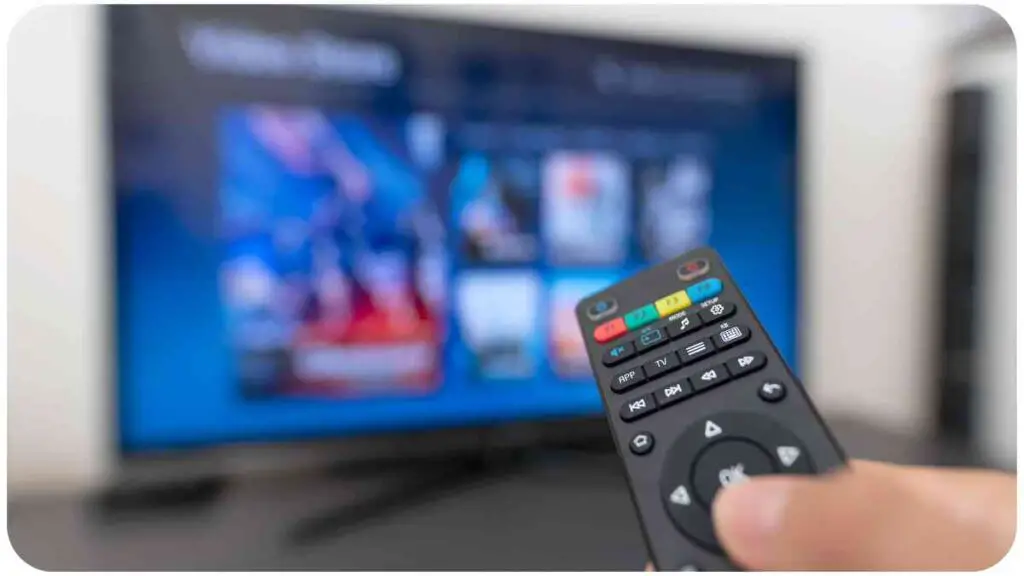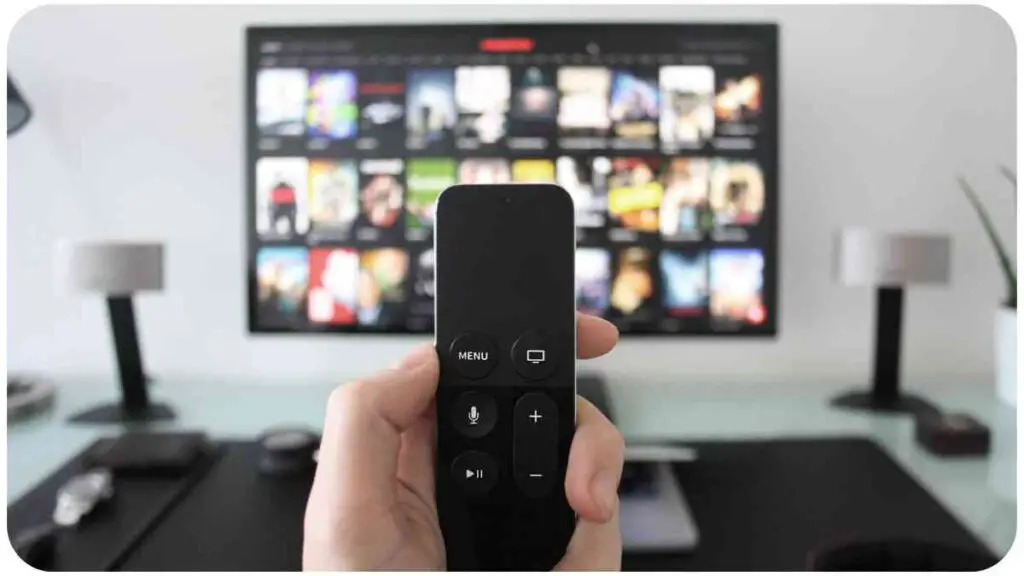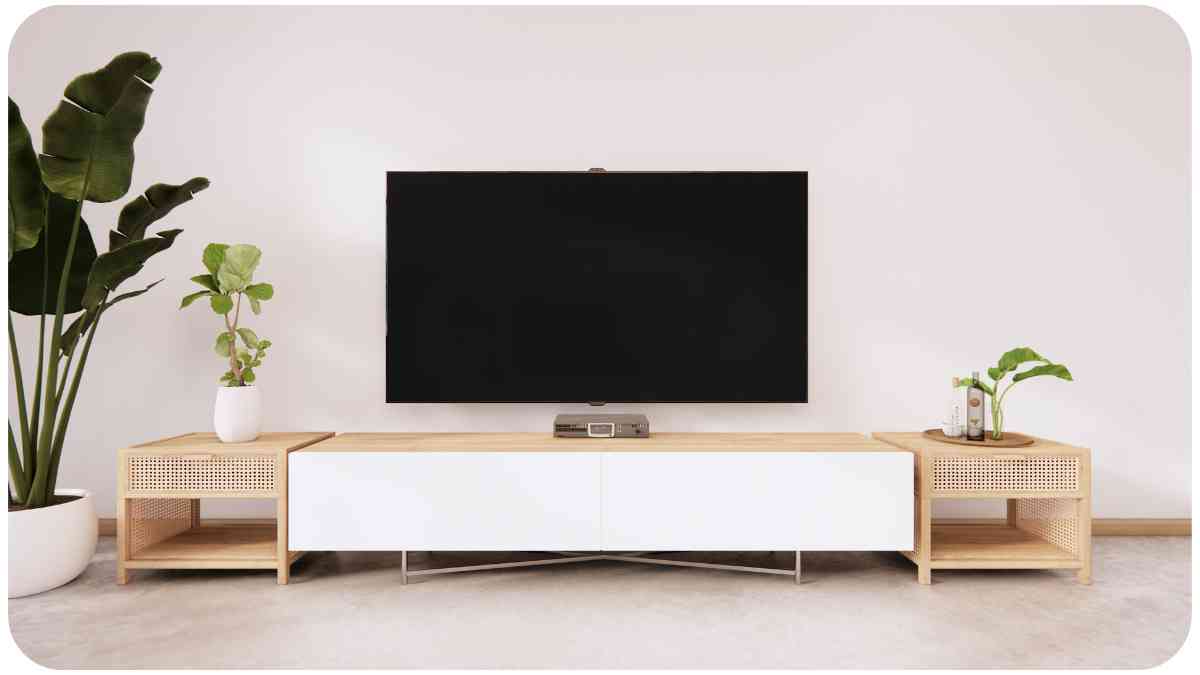Television plays a significant role in our daily lives, keeping us entertained, informed, and connected. However, have you ever wondered how much power your television consumes? Understanding power consumption is crucial not only for conserving energy and being environmentally conscious but also for managing your electricity bills effectively.
In this article, we will delve into the world of power consumption and explore how many amps your television typically uses. We will also discuss factors affecting power consumption and provide strategies for reducing energy usage without compromising your viewing experience.
| Takeaways |
| Understanding power consumption of your television is crucial for energy conservation and cost management. |
| On average, a modern LED television consumes around 0.5 to 2.5 amps of current. |
| Factors such as screen size, technology, and brightness settings influence power consumption. |
| Utilizing energy-saving modes, adjusting brightness and contrast, and turning off unused devices can help reduce power consumption. |
| Choosing an energy-efficient television brand and model can contribute to lower power consumption. |
| Regular maintenance, such as cleaning the screen and ensuring proper ventilation, helps maintain optimal power efficiency. |
2. What is Power Consumption?
Before we dive into specifics, let’s establish what power consumption actually means. In simple terms, power consumption refers to the amount of electricity consumed by an electrical device over a certain period. It is typically measured in watts (W) or amps (A). Amps, short for amperes, represent the current flowing in an electrical circuit.
Understanding power consumption is essential as it allows us to estimate the energy usage of our electrical devices accurately. By knowing the energy consumption of our television, we can make informed decisions, both from an environmental and financial standpoint.
3. The Importance of Understanding Power Consumption
Why is it essential to understand the power consumption of your television, you may ask? Well, there are several reasons:
- Energy Conservation: By being aware of how much power your television consumes, you can actively participate in conserving energy and minimizing your carbon footprint. Every small effort counts when it comes to protecting the environment.
- Cost Management: Electricity bills can quickly add up, and one way to keep them under control is by understanding your devices’ power consumption. Knowing how much your television consumes allows you to estimate your energy expenses accurately.
- Equipment Performance: Understanding power consumption helps you choose the right electrical infrastructure for your home. It ensures that your electrical circuits can handle the load and prevents any potential overload issues.
4. How Many Amps Does a Television Typically Use?

Now, let’s get down to the main question: how many amps does a television typically use? The power consumption of a television depends on several factors, including its size, technology, and features. On average, a modern LED television consumes around 0.5 to 2.5 amps of current.
To give you a better idea, let’s break it down further:
| Television Type | Current Consumption (Amps) |
| LED (32 – 40 inches) | 0.5 – 1.5 |
| LED (42 – 55 inches) | 1.0 – 2.0 |
| LED (over 55 inches) | 1.5 – 2.5 |
| OLED (all sizes) | 1.0 – 2.0 |
Please note that these values are approximate and can vary between different television models. It’s always advisable to refer to the manufacturer’s specifications for accurate information on power consumption.
5. Factors Affecting Power Consumption in Televisions
Several factors influence the power consumption of televisions. Understanding these factors can help you make informed decisions when purchasing a new television or optimizing the power usage of your existing one. Let’s take a closer look:
a. Screen Size
The size of the television screen directly impacts its power consumption. Larger screens generally consume more power compared to smaller ones. This is because bigger screens require more backlighting, resulting in higher energy consumption.
b. Technology
Different television technologies have varying power requirements. For example, LED televisions are more energy-efficient than older technologies like plasma or CRT. OLED televisions, in particular, offer superior picture quality while still maintaining reasonable power consumption levels.
c. Brightness and Contrast Settings
Adjusting the brightness and contrast settings of your television can significantly impact its power consumption. Higher brightness and contrast levels consume more power. Therefore, finding the right balance between an optimal viewing experience and energy efficiency is essential.
d. Standby Power
Even when your television is turned off, it still consumes some power in standby mode. This is known as standby power consumption. To minimize standby power usage, consider fully turning off your television when not in use or utilize power-saving features provided by the manufacturer.
These are just a few examples of factors influencing power consumption in televisions. By considering these factors, you can make more informed decisions about your television usage and continue to optimize its power consumption.
6. Tips for Reducing Power Consumption of Your Television

Now that we have discussed the factors affecting power consumption in televisions, let’s explore some practical tips to help you reduce the energy usage of your television without compromising your viewing experience:
- Enable Energy-Saving Modes: Many televisions come with energy-saving modes that automatically adjust the brightness and contrast settings based on the ambient lighting conditions. Enabling these modes can significantly reduce power consumption.
- Adjust Brightness and Contrast: Manually adjusting the brightness and contrast settings to an optimal level can save energy. Experiment with different settings to find the balance between energy efficiency and picture quality.
- Turn off Extra Features: Some televisions offer additional features like motion smoothing, dynamic contrast, or noise reduction. While these features enhance the viewing experience, they can also increase power consumption. Consider turning them off for regular television watching.
- Use Timers: Utilize timers or programmable plugs to automatically turn off your television when you know you won’t be using it. This prevents unnecessary standby power consumption and ensures energy is saved when the television is not in use.
- Unplug Unused Devices: Televisions often have peripheral devices connected, such as gaming consoles, streaming devices, or set-top boxes. When not in use, these devices can still consume power. Unplug them or utilize power strips with on/off switches to easily turn off all connected devices at once.
- Consider Ambient Lighting: Adjusting the lighting in your viewing room can make a difference in power consumption. Dimming the lights or using ambient lighting instead of relying solely on the television’s backlighting can help reduce energy usage.
- Regular Maintenance: Keep your television clean and well-ventilated. Dust accumulation can impact its efficiency and increase power consumption. Regularly clean the screen and ensure proper airflow to maintain optimal performance.
By implementing these tips, you can actively reduce the power consumption of your television and contribute to a more sustainable environment.
7. Comparison of Power Consumption Among Popular Television Brands
To provide a comparative analysis of power consumption among popular television brands, let’s take a look at the following table:
| Brand | Average Power Consumption (Watts) |
| Sony | 50 – 100 |
| Samsung | 40 – 80 |
| LG | 50 – 90 |
| Panasonic | 40 – 80 |
| TCL | 40 – 70 |
| Hisense | 40 – 80 |
| Vizio | 40 – 75 |
Please note that these values are approximate and can vary depending on the specific model and size of the television.
It’s essential to consider power consumption when choosing a television brand and model, especially if energy efficiency is a priority for you.
8. Anecdotes from Professional Experience
As a seasoned professional in the field of power consumption and television technology, I have encountered various scenarios and experiences that highlight the importance of understanding and optimizing power usage. Allow me to share a couple of anecdotes:
Anecdote 1: “While working with a client, they noticed a sudden spike in their electricity bills. After conducting an audit, we discovered that their older television, which remained on standby mode for extended periods, was responsible for the increased consumption. By educating the client about standby power and helping them schedule their television usage more efficiently, we were able to bring their bills back to reasonable levels.”
Anecdote 2: “During a home renovation project, a customer was eager to upgrade their outdated television. By carefully evaluating their needs, we recommended a modern LED television with energy-saving features. Not only did they enjoy a better viewing experience, but they also observed a noticeable reduction in their monthly energy bills.”
These anecdotes highlight the potential impact understanding power consumption and making informed decisions can have on both individual households and businesses.
9. Conclusion
In conclusion, understanding the power consumption of your television is crucial for multiple reasons, including energy conservation, cost management, and optimal equipment performance. By knowing how many amps your television uses, you can make informed decisions to reduce energy consumption without sacrificing your viewing experience.
We discussed factors that influence power consumption, such as screen size, technology, brightness settings, and standby power. Additionally, we provided practical tips for reducing power consumption, including enabling energy-saving modes, adjusting brightness and contrast, and using timers.
We also compared the average power consumption among popular television brands to help you make informed choices when purchasing a new television.
Remember, every effort counts when it comes to conserving energy and protecting the environment. By implementing the tips mentioned in this article and being mindful of your television usage, you can contribute to a more sustainable future while enjoying your favorite shows and movies.
Further Reading
Here are some additional resources for further reading on the topic:
- Conserve Energy Future: This comprehensive article provides detailed information about the amps used by different types of televisions and offers insights into how to calculate power consumption accurately.
- Automate Life: This website focuses specifically on amps used by smart TVs. It discusses the power consumption of various smart TV models, providing useful tips to optimize energy usage.
- Galvin Power: This resource provides a thorough explanation of how to calculate amps used by TVs, along with practical examples and comparisons between different television brands.
These articles delve deeper into the intricacies of power consumption, amps used by televisions, and how to maximize energy efficiency. They offer valuable insights and practical advice to help you make informed decisions regarding your television’s power usage.
FAQs
Here are some frequently asked questions about understanding power consumption and amps used by TVs:
Can power consumption vary between different models of the same TV brand?
Yes, power consumption can vary between different models of the same TV brand. Factors such as screen size, technology, and additional features can influence power consumption levels.
How do I calculate the amps used by my television?
To calculate the amps used by your television, divide the wattage consumption by the voltage. The information about wattage consumption is typically provided in the television’s specifications or user manual.
Does a larger TV always consume more amps than a smaller one?
In general, larger TVs tend to consume more amps than smaller ones due to the larger screen size, which requires more backlighting. However, advancements in technology have led to more energy-efficient larger TVs compared to older models.
Should I turn off my TV when not in use, or is standby mode sufficient?
Turning off your TV completely when not in use is the most effective way to minimize power consumption. While standby mode consumes less power, it still results in some energy usage. Consider fully powering down your TV to conserve energy.
Can adjusting the brightness and contrast settings of my TV impact power consumption?
Yes, adjusting the brightness and contrast settings of your TV can impact power consumption. Higher brightness and contrast levels generally consume more power. Finding the right balance between energy efficiency and optimal viewing experience is key.
These FAQs address common queries related to power consumption and amps used by televisions. Understanding these aspects will empower you to make informed decisions and optimize the energy efficiency of your TV.

Hi there! I’m Hellen James and I’m a writer and editor with a passion for home technology. I’ve been working in this field for over 10 years, so I know what it’s like to be a part of the growing field of smart home technology. I’ve written about everything from how to choose the right smart thermostat to what the best smart doorbell is for your needs.


